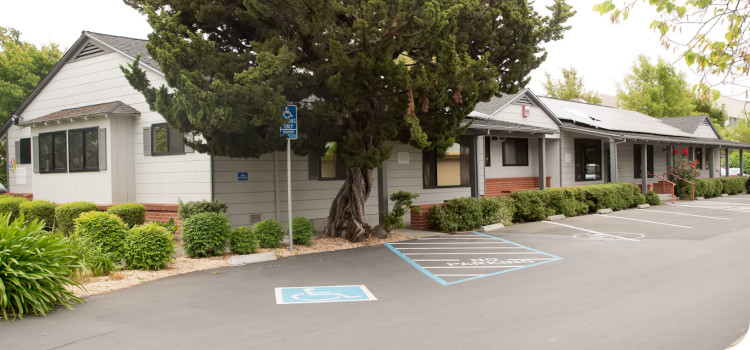Are you interested in receiving bone grafting? Do you simply wish to rebuild damaged areas of your jaw? Perhaps you would like to replace missing teeth with dental implants but your jaw health is not yet satisfactory for placement. Whatever the case, it is important to recognize that this is a treatment you can feel confident in selecting. In addition to the fact that we will provide you with comfortable care, we invite you to consider a few additional reasons to consider grafting.
Reason #1: You May Reclaim Dental Implant Candidacy
Remember that dealing with jawbone loss can mean serious problems for your smile. Deteriorated tissue may continue to deteriorate, which may lead to further tooth loss, a loss of facial support, and diminishing options. By agreeing to bone grafting, you may be able to enjoy candidacy for dental implants, which will both replace missing teeth and protect your jaw from future damage.
Reason #2: You Have Options For Bone Material
Does the idea of having your natural bone removed for use in your smile make you uncomfortable? Regardless of the particular cause of your concern, it is important for you to remember that you have a variety of options. We will explain all about synthetic choices for bone tissue, so you may receive bone grafting that works for your preferences and needs.
Reason #3: The Treatment Has A High Success Rate
In most instances, bone grafting is successful and may include the regeneration of natural bone tissue. If you are interested in specific facts and figures, we invite you to learn more during a consultation with us. Keep in mind that avoiding tobacco products increases the success rate.
ABOUT YOUR SANTA ROSA, CA, ORAL SURGEONS:
Combining experience in oral and maxillofacial surgery with a genuine care for their patients’ health and comfort, the team at Santa Rosa Oral Surgery is ready to improve the health and beauty of smiles in the Sonoma County and North Bay area. To schedule a consultation, contact our office by calling 707-545-4625 (Santa Rosa).

